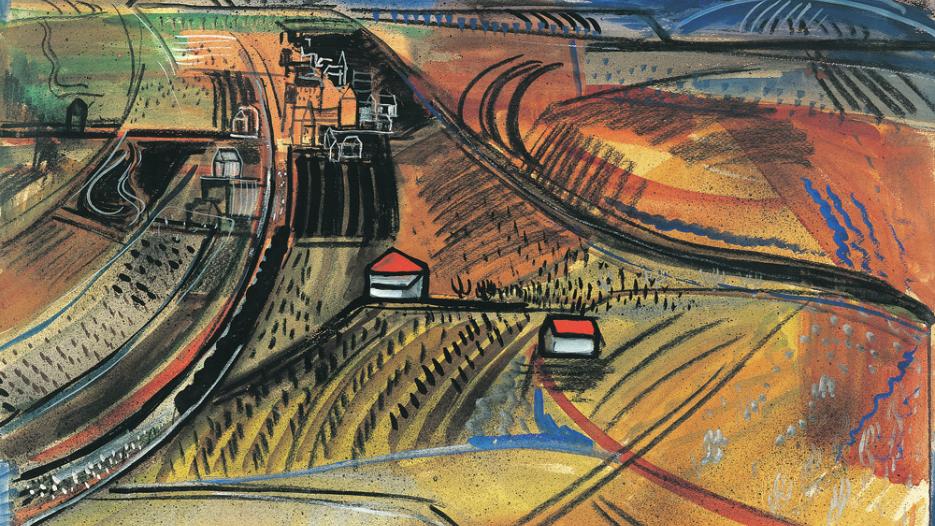
“The painting of Jenő Barcsay can only be described in terms of contradictions; his works run opposite poles of content and style,” one critic, Gyula Rózsa, wrote in the 1960s. These contradictions become apparent at every turn when examining his artistic career. He was simultaneously interested in the dramatic, scenery-based and occasionally expressive rendering of the human form and the landscape, as well as in the visualisation of spatial and formal relationships based on pure proportion, formed in terms of strict geometry and divided into puritan colour planes. Ambivalently too, although he was also active as a teacher of anatomy in art, determining the outlook of generations for 30 years at the Academy of Fine Arts, he consistently refused to take on a class of his own and to teach autonomous painting. The contradictory nature of his oeuvre is partly due to Barcsay’s personality. On the one hand he was an artist full of doubts, prone to insecurity and a perfectionist to a fault, for whom it was essential that he should be true to himself and the exigencies of the outside world. On the other hand, he was a loving and caring teacher and a good friend, whose modesty and moral purity even so many years after his death draws an aura of unconditional respect and reverence around Master Barcsay. His art was characterised not by revolutionary zest, but rather, by a prudent, constructive and relentlessly seeking attitude that was more an inner urge than ideological or theoretical. Barcsay was perhaps the most important full-blooded painterly Constructivist in Hungarian art.
Hosted by the János Tornyai Museum in Hódmezővásárhely, this exhibition sets the task of presenting a broad view of Jenő Barcsay’s work, showing the consistent creative methods he employed in different eras, and revealing how, through painterly experiments (which he subsequently destroyed), the relationship of space and form, and the relationship of formal abstraction with the visible reality, developed in his art.